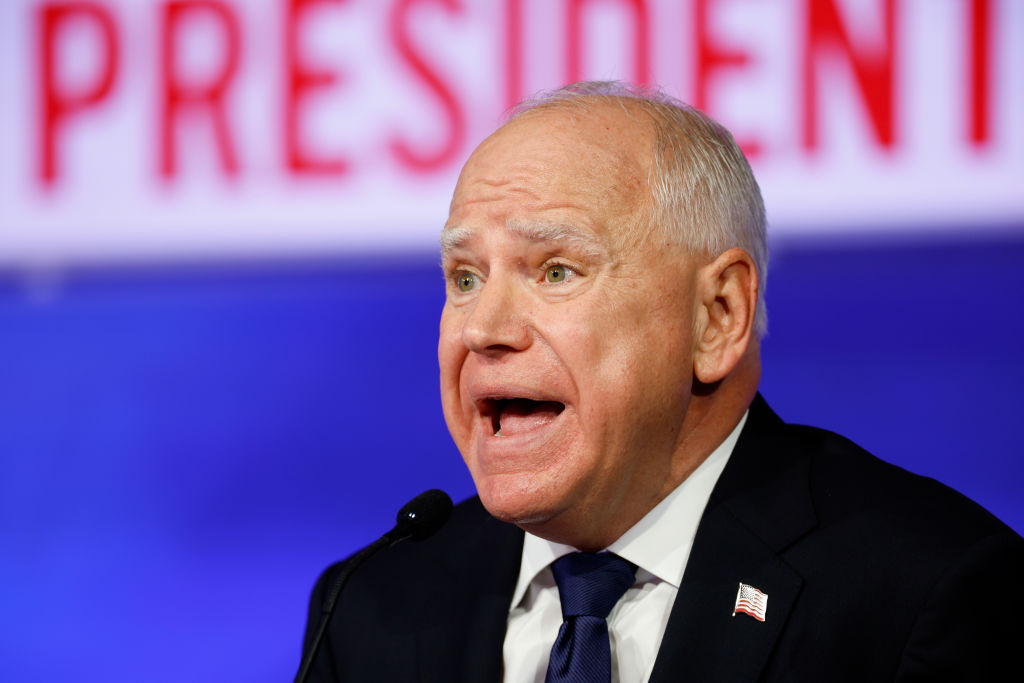
www.dailywire.com
Tim Walz Gets More Bad News From Feds After Massive Fraud Scandal Exposed
Democrat Gov. Tim Walz (MN) just had millions of federal dollars cut off from the Small Business Administration (SBA) to his state, due to the multi-billion-dollar fraud scandal that occurred under the governor’s nose.
SBA Administrator Kelly Loeffler sent a letter to Walz on Tuesday, telling the governor that her agency will “halt” more than $5.5 million in annual support in the state “until further notice,” Fox News reported.
“I am notifying you that effective immediately and until further notice, the SBA is halting the disbursement of federal funds to SBA resource partners operating in the state of Minnesota, totaling over $5.5 million in annual support,” Loeffler said in the letter.
“This action is the result of a fundamental breakdown in the public trust,” she said. “Under your leadership, Minnesota failed to safeguard taxpayer dollars, and SBA will not continue to place federal resources at risk in a state where oversight measures are ignored and accountability is abandoned.”
A recent jaw-dropping press conference confirmed that $9 billion – or potentially more – of taxpayer money could have been stolen during Walz’s tenure.
As outlined by federal prosecutor Joseph Thompson, 14 taxpayer-funded programs in particular were found to be rife with fraud since 2018. Those programs cost $18 billion, and Thompson said it’s possible that half of that, or more, could have been fraudulently claimed.
“I think we’re an outlier in a bad way,” Thompson said of Minnesota. “You don’t see fraud on this scale in other states. … Every day we look under a rock and find a new $50 million fraud scheme. That shouldn’t be the case in a state of our size. Certainly other states have problems with frauds, but I think our problem is unique.”
Thompson said Minnesota earned a reputation for being, essentially, easy to rip off, which sparked what’s called “fraud tourism” — or people moving to the state to commit fraud.
Fraudsters, he said, would create companies entirely dedicated to fraud, which is different from up-charging for services, which is typical in Medicaid fraud.
Walz, who’s unsurprisingly in the hot seat over the scandal, says Thompson is engaging in “sensationalism” and says there’s “no evidence” the scope is $9 billion or more.
As for the rest of the Trump administration, Dr. Mehmet Oz, Administrator of the Centers for Medicare & Medicaid Services (CMS), has threatened to withhold federal Medicaid funds if Minnesota fails to address widespread fraud and implement corrective actions.
Related: Minnesota Is Currently Paying An Indicted Somali Fraudster To Run ‘Assisted Living’ Homes











